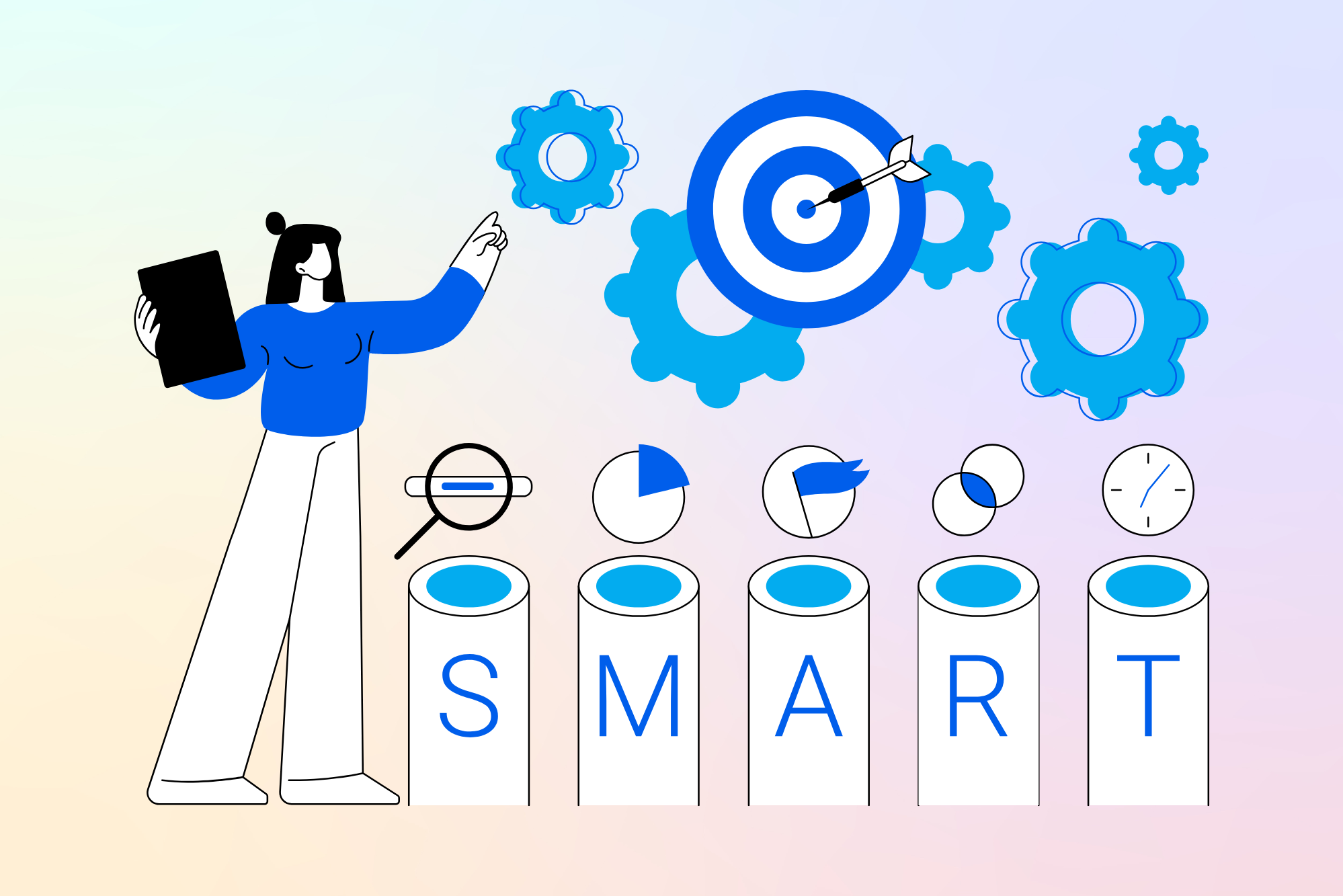Start improving with Life QI today
Full access to all Life QI features and a support team excited to help you. Quality improvement has never been easier.

Organisation already using Life QI?
Sign-up

We've compiled a short list of potential team building exercises that can help with different aspects of your quality improvement project.
The best way to explain how PDSA cycles work and why they are rapid as opposed to long-term, is through the Mr Potato Head exercise.
Step 1 - Teams of 6-8 people are told that their aim is to put Mr Potato Head together as quickly and accurately as possible.
Step 2 - With one person keeping the time and another responsible for ensuring quality, the teams establish a baseline by building their first Mr Potato Head as quickly and accurately as they can. They record their time and accuracy scores - these two measurements become the baseline.
Step 3 - The teams then move on to create a theory and prediction to be tested. Working from this they complete their first PDSA cycle and record the results.
Step 4 - learning from the results of this first PDSA cycle and analysing the collected data, the team then adjusts their theory in order to make improvements.
Step 5 - they do it all over again, but adjust the theory and method to improve the results even more.
The 'Ideas as Building Blocks' game is an exercise that can be easily applied to real life. It's a great way to get your team through difficulties in coming up with new ideas. It also helps your team to work in a more collaborative way and to give equal weight to one another's ideas:
Step 1 - Come up with a specific problem to be solved and write it down so that everyone is clear about the objective. (The problem can be either real or imagined.)
Step 2 - Each person writes a potential solution on a piece of paper
Step 3 - Everyone passes their pieces of paper to the person on their left
Step 4 - The person the left then builds on this idea, either extending it or offering supporting arguments to it
Step 5 - Continue this process for three or more rounds
Step 6 - Discuss the solutions as a group. If the problem is a real issue from your project, you can then add the new ideas directly into the project on Life
Sometimes QI projects run into trouble when teams have difficulties deciding which level a driver should be [link to Understanding Driver Diagrams help article]. There can also be problems deciding how a secondary driver links to a primary driver or whether it is linked to any of the primary drivers at all.
The exercise 'Classify This' helps teams to think about how they group certain ideas or objects together, how they draw similarities and differences, and also how they can bring seemingly opposing ideas together.
The exercise is very easy and once again can be readily applied to the real-life problem of building a driver diagram:
Step 1 - Collect an array of different objects and place them in the middle of the table. Alternatively, you could write down the names of different objects and ideas onto individual pieces of paper, and lay them out on the table. The more diverse the objects/ideas are, the better.
Step 2 - On a piece of paper, the team will then classify the objects into four groups. (If you have a large group, split everyone into smaller teams.)
Step 3 - When the time is up the team (or if in multiple teams, a team representative) explains how and why the objects or ideas were classified the way that they were.
Prioritising change ideas and tasks that need to be completed
With different roles and job descriptions, and potentially conflicting personalities, knowing which ideas should be tested first can prove to be problematic.
It is also good to be aware - even if you think your process is already harmonious - how you make decisions as a team. For example, if dominant personalities in the team are the main reason for an idea being implemented, rather than because it is actually the best one.
Step 1 - Instruct your team to imagine that their plane has crashed and that they have been stranded on a desert island. They have no idea where they are or how long they will be there for. They are the only survivors.
Step 2 - The team have salvaged 12 items from the wreckage. What are they?
Step 3 - Once the team have agreed on 12 items they must then list them in order of priority
Step 4 - At the end of the exercise the team should then discuss how they communicated and how they came to decide on the final list. Who did they listen to? Was there a subtle or even clear leader? Did they exclude any ideas?
At the end of the 'Desert Island' game it may become apparent that a team has a communication problem.
The 'Just Listen' game can help to build bridges and reinforce good communication in project meetings:
Step 1 - Divide your team into pairs
Step 2 - Give one person in each pair an object or topic
Step 3 - That person must then explain their opinion or thoughts on that object/topic to their partner for two or more minutes uninterrupted. (Adjust the time according to the complexity of the topic)
Step 4 - The person who has been listening must then relay their partner's thoughts to the rest of the group as closely as they can, without any additional judgments, comments or embellishments
Bridging differences between departments, roles, and stakeholders
Not every individual is affected by a patient safety issue in the same way, and not every team member is always going to agree on the best path to tackling it.
Step 1 - Break your team into groups
Step 2 - Each group must then find something that they have in common (for example, a favourite band or movie, or a particular hobby.) Alternatively, if you want to make it directly relevant to your project, you can assign each group a job role or stakeholder involved in your QI initiative (for instance, doctor, nurse, accountant, HR manager, or a patient.)
Step 3 - For the rest of the meeting, each group must then behave in a stereotypical way that they associate with the commonality of their group. For example, if a group's commonality is a love of dancing, that group would spontaneously burst into a dance when a good idea or thought came up.
Step 4 - At the end of the exercise, the groups can discuss how these stereotypes affect and distort people's perceptions.
If you have a team of people working on a QI project who have never met one another before, the 'Two Truths, One Lie' game can be a good way to break the ice in a non-pressured and fun way:
Step 1 - Each person writes down two things that are true about themselves and one thing that is false
Step 2 - In turn, team members will then read their two truths and one lie out to the rest of the room as though all three statements were true
Step 3 - The other members must then correctly guess which of the three statements is false
What team building exercises do you use? Let us know at team@lifeqisystem.com.
Full access to all Life QI features and a support team excited to help you. Quality improvement has never been easier.

Organisation already using Life QI?
Sign-up


.png)


